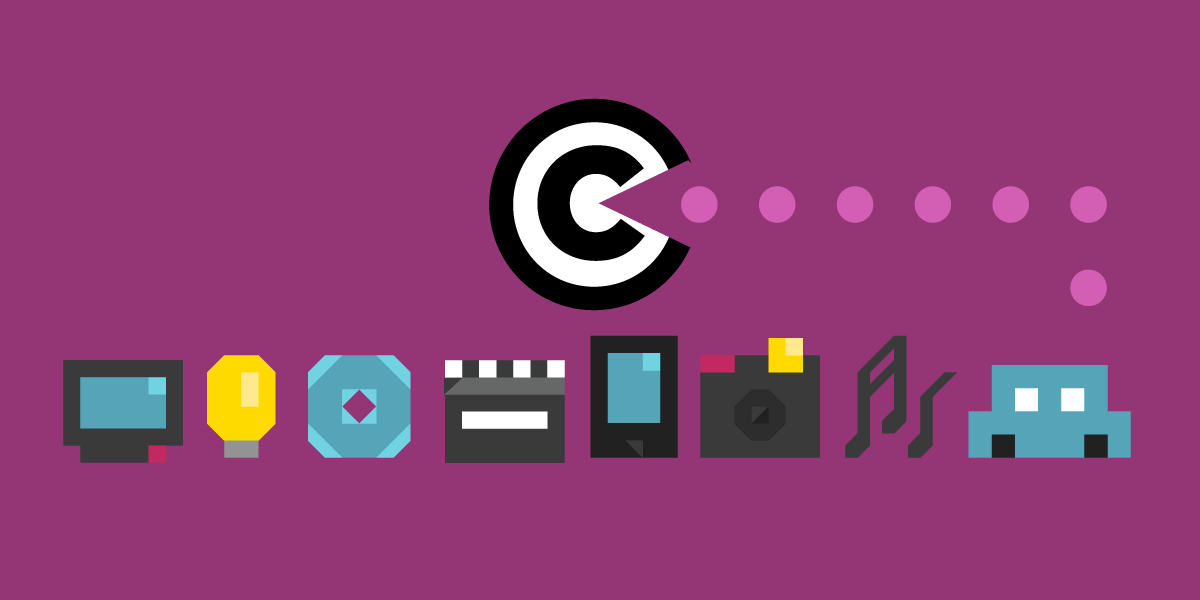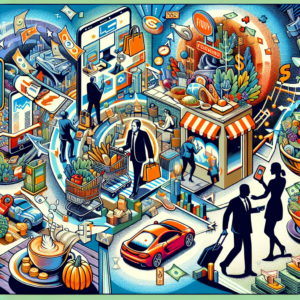Here’s the translation into American English:
In the context of a growing debate over the use of copyrighted works in training artificial intelligence models, Section 1202 of the Digital Millennium Copyright Act (DMCA) has gained unexpected significance. This provision, enacted in 1998, prohibits the intentional removal or alteration of copyright management information, a feature designed to help rights holders identify unauthorized uses of their works.
Recently, OpenAI and Microsoft have been targeted by a lawsuit filed by a group of anonymous contributors on GitHub. The plaintiffs argue that the language models developed by these companies generated new code snippets that resemble their contributions but lack the copyright management information. However, the lawsuit does not claim copyright infringement; rather, it is based exclusively on Section 1202, asserting that the removal of rights information persists in the newly generated code, even if it differs from the original.
This case raises complex legal issues and has implications that extend beyond generative artificial intelligence. If the plaintiffs prevail, Section 1202 could be interpreted as a new attribution right that may extend liability even to practices considered fair use, such as creating new works that do not include management information. This situation has led to a proliferation of litigation and has fostered the emergence of an industry dedicated to copyright enforcement, often without benefiting creativity or innovation.
Nevertheless, a recent legal analysis argues that the text of Section 1202 does not support such a broad interpretation. The law refers to “works” and “copies of works,” suggesting that its scope is limited to existing works and not new creations. This approach seems to align with the original intent of the lawmakers, preventing rights holders from using the omission of management information as a means to penalize or threaten legitimate uses.
The situation is delicate, and as more cases arise, jurisprudence will need to address how to balance creators’ rights with the need to foster an environment of innovation and creativity. Amid this debate, it is evident that the definition of copyright and its respective laws must adapt to the constantly evolving technological and cultural changes.
Source: MiMub in Spanish











